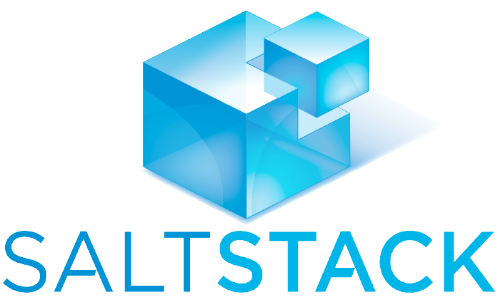The following Posts relate to using the Configuration Management Tool “SaltStack”. It’s one of those tools that enhances your Infrastructure significantly enough that you will use it for Monitoring, Orchestration and a heap of advanced uses you haven’t even thought of yet.
Randomizing CRON start times in Saltstack
I’ve recently started using scheduled jobs to initiate highstates after building a SaltStack Engine than can track the progress of the jobs and I did it that way to de-couple the highstate from anything else. However the HPC stack I manage has a lot of nodes that would have started Highstating at the same time …
Managing LVM Storage
For most server environments you are going to have a disk for the OS and possibly a disk for additional data. And in most cases, you would define the layout of the disks in a kickstart file using Logical Volume Manager (LVM). LVM is a robust mechanism to achieve this and is fully supported in …
Managing Files
Controlling files on a Salt Minion is a common operation that SaltStack does well. The basic principle is that if the file is changed on the Minion, then a state run should return it back to a known State as dictated by the Salt Master. Files can be static objects that the Master just downloads …
Managing CRON via SaltStack
One of the key messages this guide aims to emphasize is “simplicity”. Hand in hand with “simplicity” is “Visibility”, if you can see something related to a State then you can get a better idea of the implications the State will have. One of the powerful features of the UNIX environment has been the CRON …
Using the Salt Stack Scheduler
Overview SaltStack provides a built in scheduling system that allows you to run any functions you could run in a state file. Of particular interest in this article is using the scheduler to periodically run highstates on a Salt Minion and a couple of the management tools to list and remove those scheduled jobs. Prerequisites …

